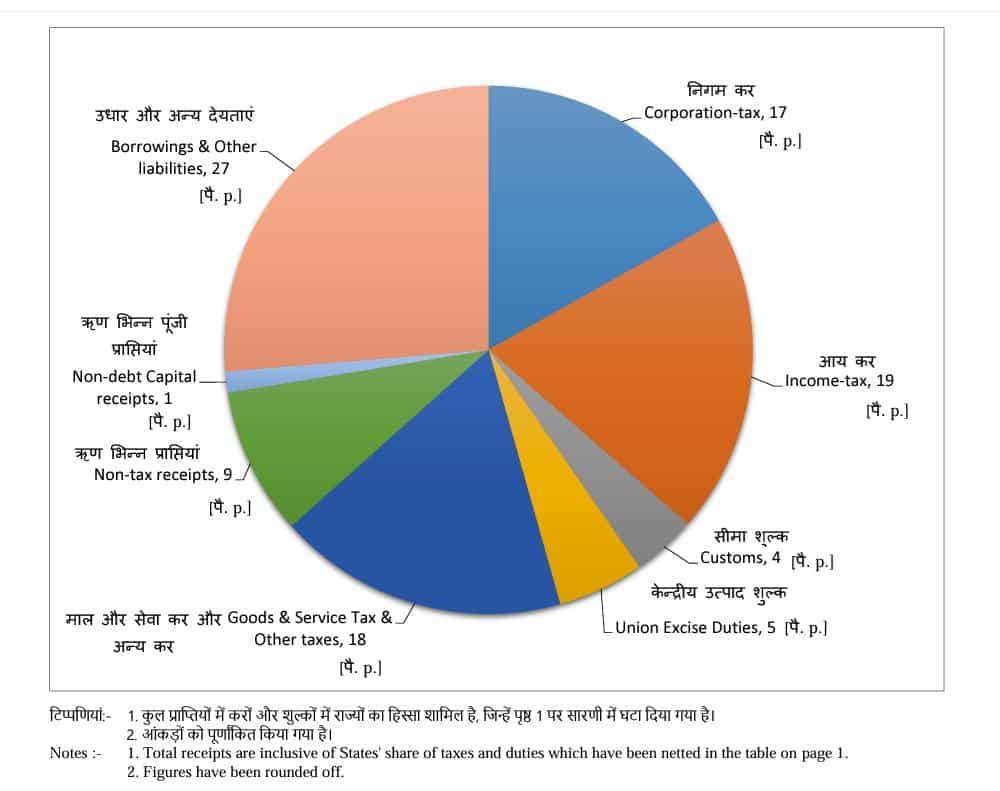Budget Explained: Where does India collect each rupee of revenue from?
It's that time of the year when the country awaits what's in store for the economy and the common man in the finance minister's annual 'bahi khata' in the form of the Union Budget. With all eyes on the Union Budget for the financial year 2025-26, here's an overview of where the Government of India earns each rupee of revenue from.
It's that time of the year when the country awaits what's in store for the economy and the common man in the finance minister's annual 'bahi khata' in the form of the Union Budget.
With all eyes on the Union Budget for the financial year 2025-26, here's an overview of where the Government of India earn each rupee of revenue, as per the July 2024 Budget documents.
For instance, income tax and corporation tax form 36 per cent of every rupee of revenue that the government collects.
These details are laid out clearly in the 'Budget at a Glance' document, part of the Budget documents tabled in Parliament.
Let's look at the latest Budget at a Glance to understand several revenue-side aspects of the central government's Budget profile.
This is where every rupee that Government of India earns comes from

Borrowings & other liabilities

Excise & customs duties

Now, take a look at the Budget Profile

Part of India's official Budget documents, the Budget Profile page provides a concise summary of the country's key fiscal aspects and allocations.
All in all, it serves as a condensed overview that allows policymakers, analysts, and the public to grasp the fiscal strategy and priorities of the government for the upcoming financial year.




